Understanding the Industrial Freeze Dryer: Basics and Applications
Industrial freeze drying, also known as lyophilization, is a process used for removing moisture from a material, typically food or pharmaceuticals, creating a stable and lightweight product. The process preserves the material’s structure and nutritional value while extending its shelf life. The industrial freeze dryer plays a crucial role in various industries by enabling efficient and effective preservation methods. To appreciate how this technology works, it’s essential to understand the mechanics behind it, its applications, and its benefits over traditional drying methods.
The Process of Freeze Drying
Freeze drying involves three primary phases: freezing, primary drying, and secondary drying. Each step is vital in ensuring that the product retains its quality and characteristics.
- Freezing: The material is first frozen to a temperature typically below -40 degrees Celsius. This phase can affect the final quality of the freeze-dried product. For optimal results, the freezing process should be rapid, leading to smaller ice crystals, which reduces damage to the cellular structure.
- Primary Drying: During the primary drying phase, the pressure in the chamber is lowered, allowing ice to sublimate directly from solid to vapor without passing through the liquid phase. This is achieved through the application of heat. Careful control of temperature and pressure is critical to avoid melting the product.
- Secondary Drying: The last step involves the removal of unfrozen moisture, ensuring that the final product has a moisture content typically below 3%. During this phase, the bonds holding moisture in the product are broken, which requires a consistent temperature and lower pressure.
The entire process ensures that the original qualities of the product are preserved, making it suitable for long-term storage.
Common Applications of Industrial Freeze Dryer
Industrial freeze dryers have a multitude of applications across various sectors. Some of the most notable include:
- Food Industry: Used to preserve fruits, vegetables, meats, and ready-to-eat meals, enhancing their shelf life while retaining flavor, texture, and nutrients.
- Pharmaceuticals: In the pharmaceutical sector, freeze drying is crucial for drug formulations, such as vaccines and antibiotics, ensuring stability and efficacy during storage and transport.
- Biotechnology: Freeze drying is utilized for preserving biological products, including proteins and specific enzymes, ensuring long-term viability.
- Cosmetics: The cosmetics industry employs freeze drying for creating powdered versions of liquid products, improving their stability and extending shelf life.
Key Benefits Over Traditional Drying Methods
The industrial freeze dryer offers several advantages compared to conventional drying methods, such as oven drying or air drying:
- Quality Preservation: Products retain their color, flavor, and nutritional content, unlike traditional methods that can degrade these characteristics.
- Longer Shelf Life: Freeze-dried products can last significantly longer (up to 25 years or more) due to the low moisture content and the absence of microbial activity.
- Reduced Weight and Volume: Because the moisture is removed, freeze-dried products are lighter and more compact, which is especially beneficial for shipping and storage.
- Enhanced Rehydration: Freeze-dried products typically rehydrate quickly, making them convenient for consumers, especially in emergency food situations or backpacking.
Components and Mechanisms of Industrial Freeze Dryer
Understanding the components of an industrial freeze dryer is essential for selecting the right system for specific needs. Every component plays a vital role in efficient operation.
Essential Parts of an Industrial Freeze Dryer
An industrial freeze dryer comprises several critical components:
- Vacuum Chamber: The main area where freezing and drying occur. It provides a controlled environment essential for sublimation.
- Compressor: Used to create the vacuum and control the pressure within the chamber, ensuring the efficient removal of water vapor.
- Condenser: This component captures and freezes the water vapor removed from the product, thus preventing it from returning to the chamber.
- Heating System: It supplies the necessary heat during primary drying to facilitate the sublimation process without melting the product.
- Control Systems: Modern systems are equipped with sophisticated controls that monitor and adjust the freeze-drying process for optimal results.
Key Technologies Used in Modern Freeze Dryers
Recent advancements have introduced innovative technologies to enhance the efficiency and effectiveness of freeze drying:
- Hot Gas Bypass Technology: This system allows for precise temperature control during the primary drying phase, improving product consistency and quality.
- Automated Control Systems: Implementing automation aids in monitoring the drying process, reducing human error and improving efficiency.
- Online Moisture Measurement: This technology provides real-time data on moisture levels, allowing operators to adjust parameters dynamically for better outcomes.
Maintenance and Care for Longevity
To ensure the longevity and optimal performance of an industrial freeze dryer, proper maintenance practices are essential:
- Regular Cleaning: The vacuum chamber, condenser, and other components should be cleaned periodically to prevent contamination and maintain efficiency.
- Calibration Checks: Ensuring that the temperature and pressure gauges are correctly calibrated is crucial for reliable operation.
- Scheduled Service: Regular servicing by experienced technicians can identify potential issues before they lead to significant problems.
Selecting the Right Industrial Freeze Dryer for Your Needs
Choosing the appropriate industrial freeze dryer is a critical decision that can impact production efficiency and product quality. Several factors must be considered during the selection process.
Evaluating Size and Capacity Requirements
Vertical space and production needs must dictate the size of the freeze dryer. Assessing the required throughput and cycle time will help in determining the appropriate capacity, ensuring that the selected model meets production demands without causing bottlenecks.
Understanding Energy Efficiency Ratings
Efficiency ratings provide insights into the energy consumption of the freeze dryer. Higher efficiency models can significantly reduce operational costs over time, making them more economically sustainable in the long run. Thus, investigating energy ratings and seeking systems that feature eco-friendly technologies is wise.
Cost Considerations When Choosing an Industrial Freeze Dryer
While the upfront cost of an industrial freeze dryer is important, it is equally essential to consider long-term operational costs, including maintenance, energy consumption, and potential downtime. Creating a cost-benefit analysis can facilitate informed decision-making.
Challenges in Utilizing Industrial Freeze Dryer Technology
While industrial freeze dryers offer numerous benefits, certain challenges affect their operation and effectiveness. Understanding these can help businesses prepare and implement effective solutions.
Common Issues and Troubleshooting Tips
Operators might encounter various challenges during freeze drying. Common issues include:
- Inconsistent Drying: This can occur due to variations in product thickness or uneven freezing. Ensuring uniformity in product preparation is vital for avoiding such issues.
- Extended Cycle Times: If drying times are longer than expected, it may indicate insufficient condenser capacity or incorrect pressure settings. Troubleshooting these areas can improve efficiency.
Overcoming Scalability Challenges
Scaling production with freeze drying requires careful planning. Businesses may initially find small batch sizes to be manageable, but transitioning to larger scale production can introduce complications such as space limitations or increased operational demands. A supportive growth strategy will ensure smooth transitions and reduce operational disruptions.
Addressing Quality Control Concerns
Quality control is paramount in the production of freeze-dried products. Implementing strict quality assurance protocols can minimize the risk of contamination and ensure that the final products meet safety and regulatory standards.
Future Trends in Industrial Freeze Dryer Development
The freeze drying industry is continuously evolving, with new trends and technologies emerging to enhance efficiency and sustainability.
Emerging Technologies in Freeze Drying
Innovation plays a significant role in advancing the capabilities of industrial freeze dryers. Emerging technologies include:
- Advanced Monitoring Systems: These systems utilize sensors to collect data on temperature, pressure, and humidity levels, leading to real-time adjustments and more efficient drying cycles.
- Hybrid Models: Combining freeze drying with other drying techniques can enhance flexibility and efficiency, catering to a wider range of applications and product types.
The Role of Automation and IoT in Freeze Drying
The integration of automation and Internet of Things (IoT) is revolutionizing the freeze-drying landscape. Automated systems enhance efficiency, reduce human error, and allow for remote monitoring and management of freeze-drying processes. This technology also aids in predictive maintenance, thereby minimizing downtimes.
Environmental Sustainability in Freeze Dryer Operations
With growing awareness of environmental concerns, businesses are increasingly looking for ways to minimize their carbon footprint. Innovations in renewable energy utilization and improved energy efficiency of freeze dryers contribute to more sustainable operations.
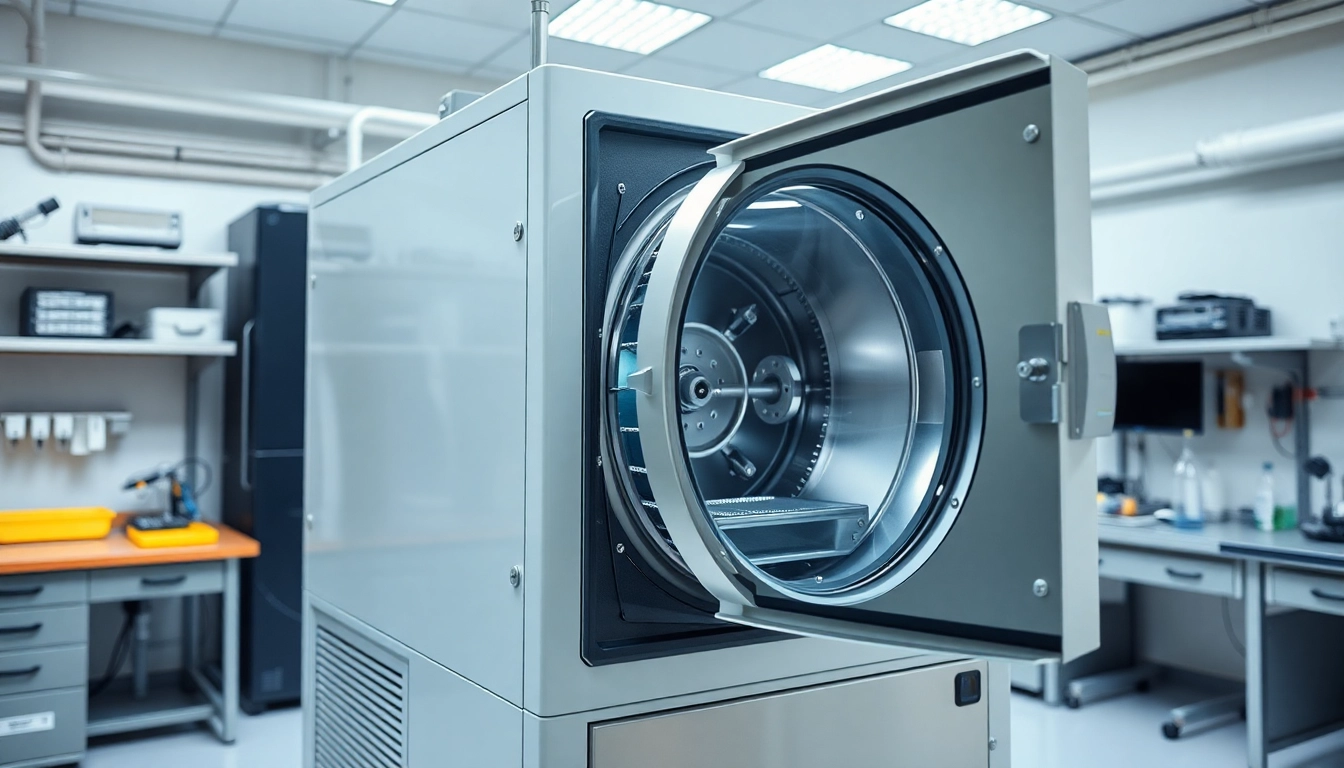
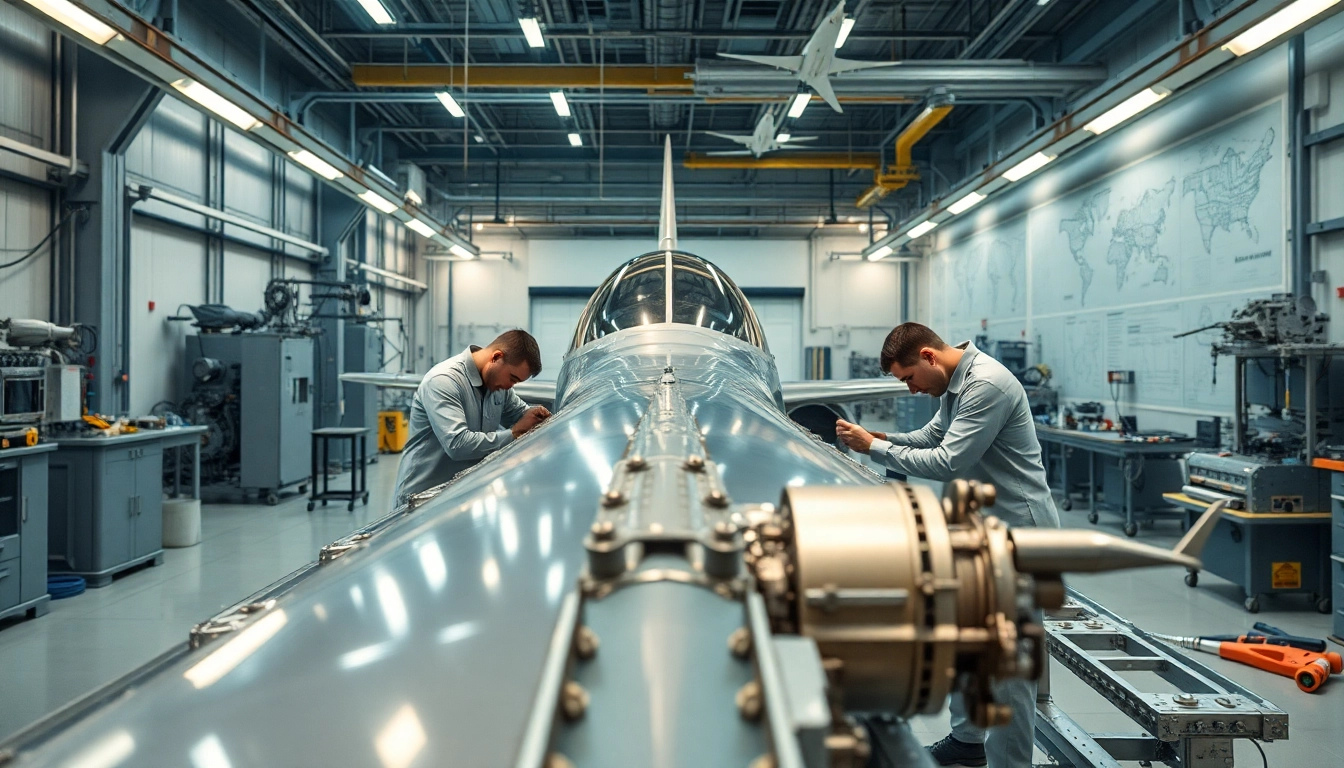
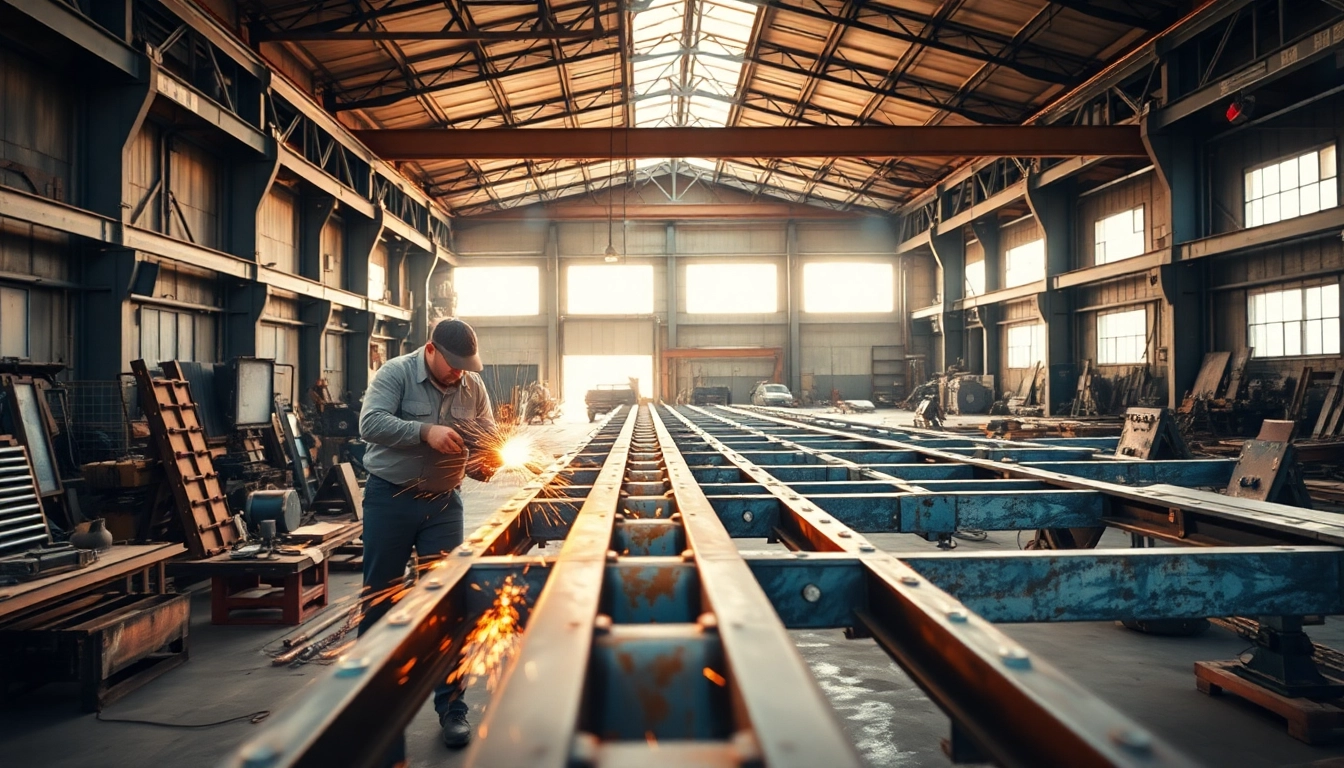





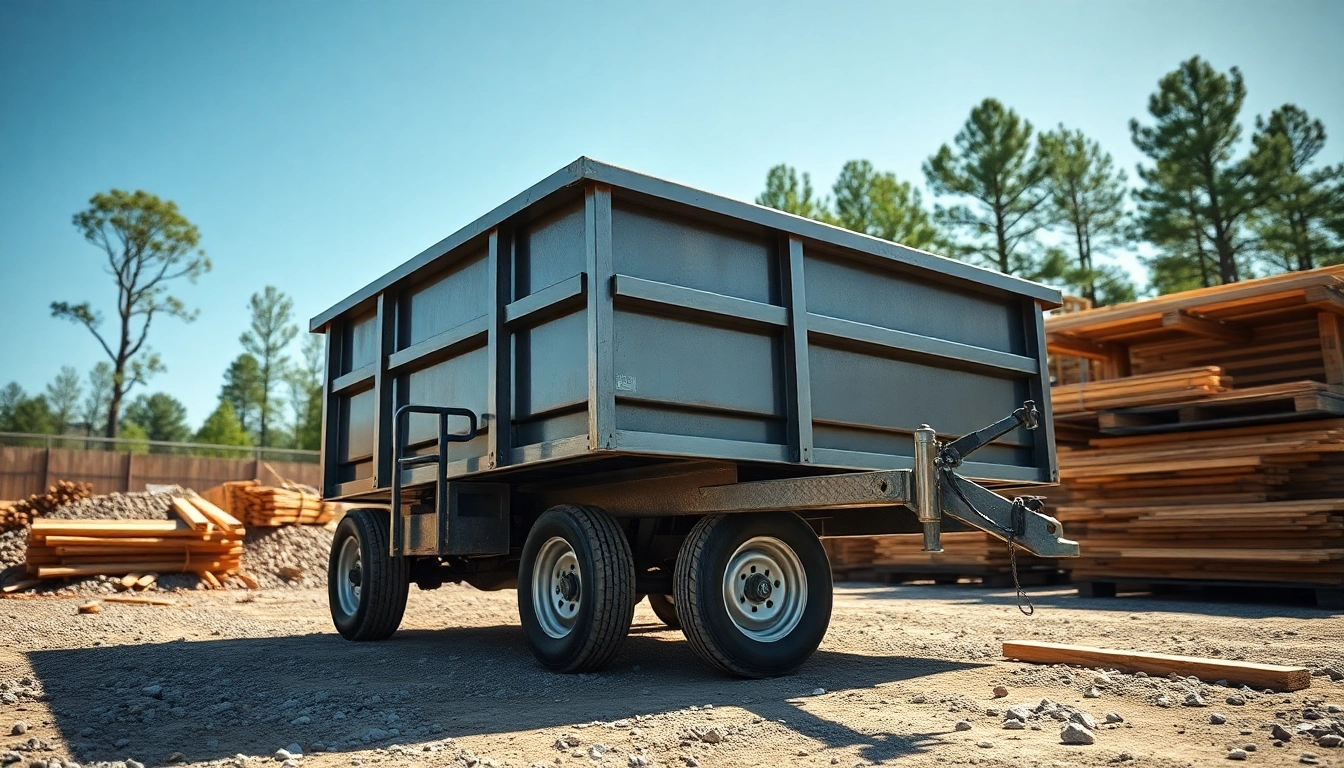


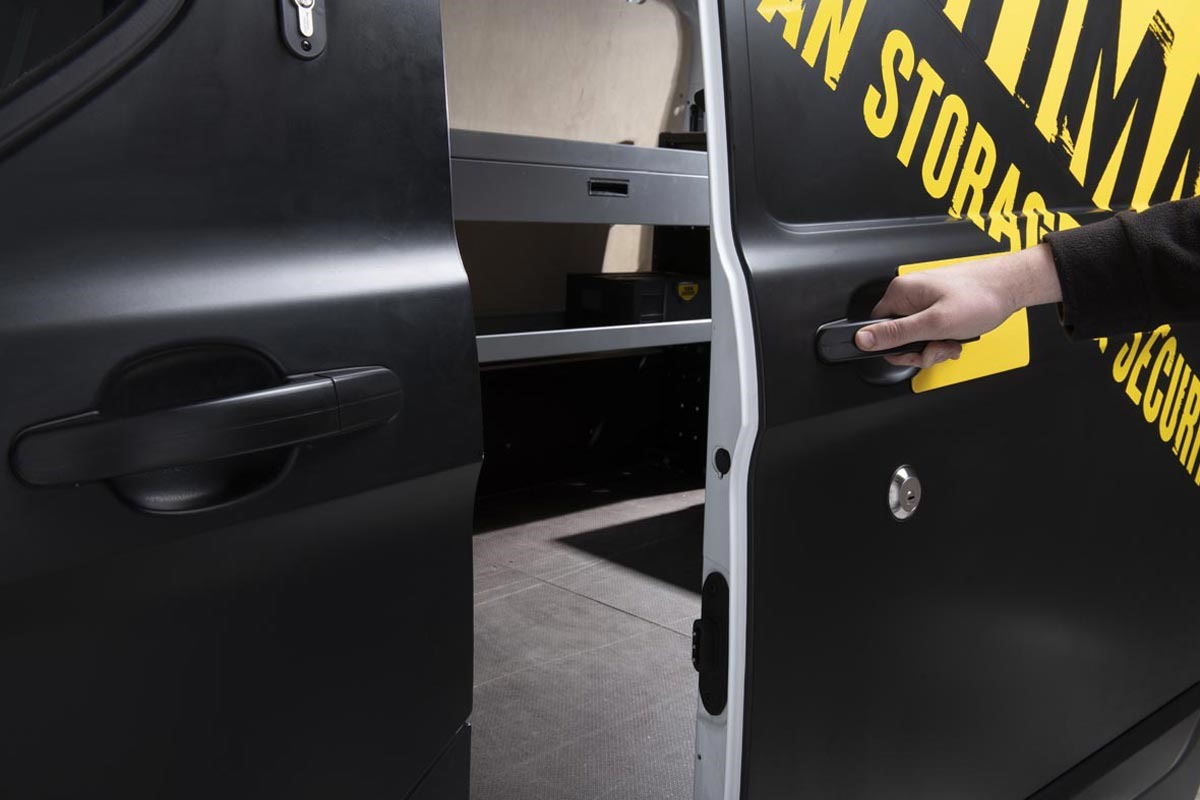


Leave a Reply